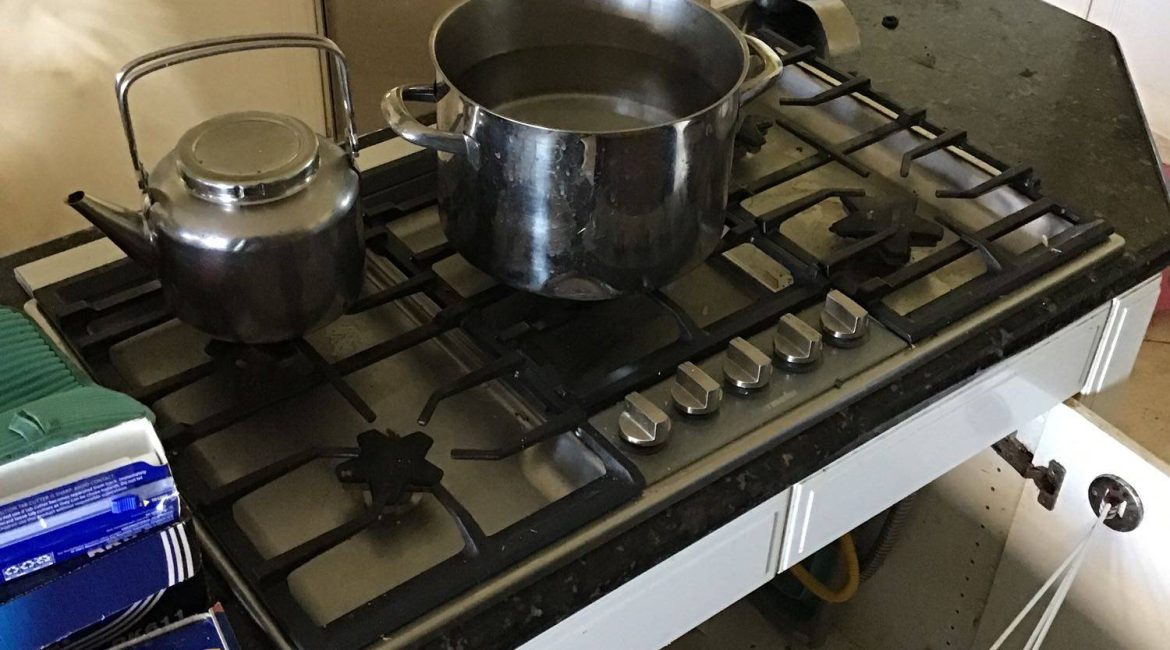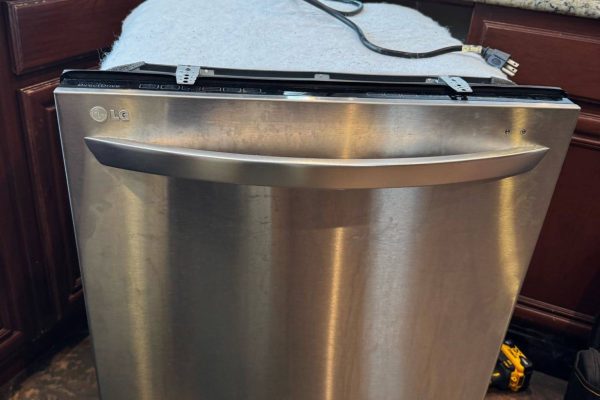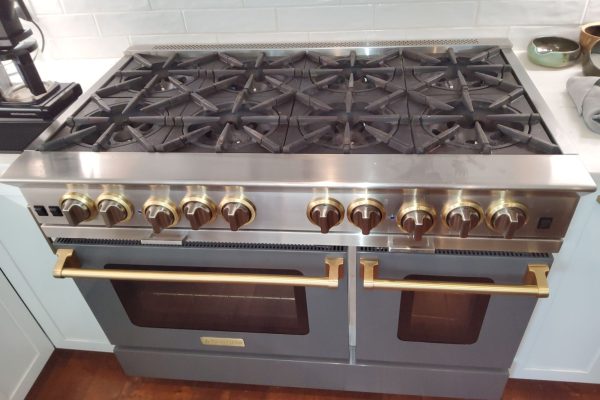A gas oven’s pilot light plays a critical role in igniting the main burner and maintaining consistent heat. When it keeps going out, it’s more than just an inconvenience—it’s a sign that something isn’t functioning properly in your oven’s ignition or fuel system. Two of the most common culprits behind this issue are a weak flame sensor or insufficient gas pressure. Understanding how these components work and what causes them to fail can help you prevent further damage and restore your oven’s performance safely.
1. Understanding the Pilot Light System
The pilot light is a small, continuously burning flame that ignites the gas when you turn on your oven. Modern ovens may use an electronic igniter, but many older or commercial models still rely on a standing pilot system. When functioning correctly, the flame remains steady and blue, indicating proper combustion. However, if the flame flickers, turns yellow, or repeatedly goes out, something in the system is off balance.
The flame sensor (or thermocouple) is a safety device that detects whether the pilot light is burning. If it senses no heat, it shuts off the gas flow to prevent leaks. A weak or faulty sensor may mistakenly “think” the flame has gone out—even when it’s still lit—causing the gas supply to cut off unnecessarily.
2. Common Causes of Pilot Light Failure
Let’s look at the most frequent reasons your gas oven’s pilot light won’t stay lit:
Weak Flame Sensor (Thermocouple)
- Over time, the thermocouple can become coated with carbon deposits or soot, reducing its ability to detect the pilot flame’s heat.
- Continuous exposure to high temperatures can cause the metal to weaken or warp, affecting its accuracy.
- If the thermocouple connection is loose or corroded, the electrical signal to the gas valve may be too weak to keep the pilot lit.
Insufficient Gas Pressure
- Low gas pressure can make the pilot flame too small or unstable, causing it to blow out easily.
- This can occur due to issues in the home’s gas line, a partially closed valve, or a failing gas regulator.
- In some cases, other gas appliances operating simultaneously may cause temporary pressure drops, disrupting the oven’s pilot flame.
Drafts or Air Movement
- Strong air currents from ventilation systems or open windows can extinguish the pilot light.
- Ovens located near exterior doors or under range hoods are particularly susceptible to this problem.
Dirty Pilot Orifice
- Dust, grease, or debris can clog the tiny opening of the pilot orifice, restricting the flow of gas.
- This leads to a weak, yellowish flame that struggles to heat the thermocouple sufficiently.
Faulty Gas Valve
- If the gas control valve fails internally, it may intermittently cut off the flow of gas to the pilot light even when everything else is working correctly.
3. How to Diagnose the Problem
Before calling a technician, there are a few things you can safely check:
- Observe the Flame:
A steady blue flame indicates proper gas flow. A small or yellow flame means poor combustion—usually due to dirt or low pressure. - Clean the Thermocouple Tip:
Gently clean the tip with fine sandpaper or steel wool to remove soot buildup. Make sure it’s properly aligned with the flame. - Inspect for Drafts:
Close nearby windows and ensure your ventilation fan isn’t blowing directly toward the oven. - Check the Gas Supply:
Make sure the gas shutoff valve is fully open and that other gas appliances are functioning normally.
If the pilot light continues to go out after these checks, it’s time for a professional inspection. Working with gas appliances without the right tools or training can be dangerous.
4. Professional Diagnosis and Repair
A certified technician will use specialized tools to measure gas pressure, check for leaks, and test the thermocouple’s voltage output.
Here’s what they might do:
- Replace the Thermocouple or Flame Sensor: If the sensor fails to generate enough millivolts when heated, it must be replaced.
- Adjust or Replace the Gas Regulator: Low gas pressure may require recalibration of the regulator or replacement if it’s worn out.
- Clean the Pilot Assembly: Technicians can remove built-up debris and ensure the pilot flame is directed properly at the sensor.
- Test Safety Mechanisms: They’ll verify that the gas control valve and other safety components work correctly, ensuring your oven operates safely.
5. Preventive Maintenance Tips
To avoid future pilot light issues:
- Schedule regular professional maintenance once or twice a year.
- Keep the pilot area clean by wiping away grease and dust buildup.
- Avoid slamming the oven door, as vibrations can misalign the thermocouple.
- Ensure proper ventilation to maintain steady air circulation without strong drafts.
A stable pilot light means your gas oven runs efficiently and safely, preventing heat loss and potential gas leaks.
A gas oven with a pilot light that keeps going out is a warning sign of deeper issues—often involving a weak flame sensor or insufficient gas pressure. Ignoring the problem can lead to incomplete heating, wasted energy, and even safety hazards.
If your pilot light continues to extinguish despite cleaning or basic troubleshooting, don’t take risks—contact the professionals at Oceanside Appliance Service Center. Our experienced technicians specialize in gas appliance repair, ensuring your oven operates reliably and safely.
Call Oceanside Appliance Service Center today for expert repair and maintenance you can trust. Restore your oven’s performance and enjoy worry-free cooking once again!
Contact us


